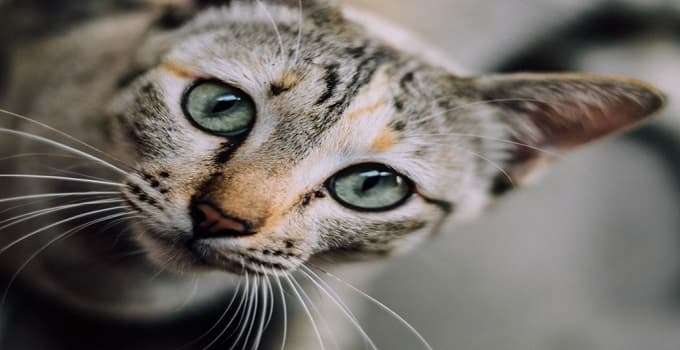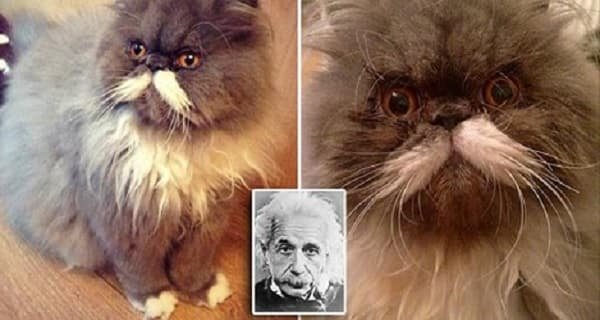Christine Hinrichs is very much a trapper. She camps out in dark alleys for hours on end sometimes trying to capture wild animals.
“The best feeling is hearing the crash of the trap door,” she stated. “That means we’ve caught a cat.”
She doesn’t do it because she dislikes cats. Quite the opposite: Hinrichs is a volunteer for Pet Project Rescue, who has started a trap-neuter-return (TNR) program, which is considered a humane way to reduce the number of feral cats living in neighborhood colonies.
She takes all the cats she captures to a veterinary clinic, where they are spayed or neutered and treated for any health problems. After they recover, she then releases them in the area they came from.
TNR isn’t very renown in the pet rescue community because it doesn’t end with a heartwarming story about a stray cat finding a home, stated Hinrichs, who launched and implements the cat neutering program for local Pet Project Rescue (PPR).

Christine Hinrichs with her rescue pets, pit bull mix Olive, 5, and one of her cats, Ruby, 7. Hinrichs is a volunteer for Pet Project Rescue.
“But to address animal overpopulation and homelessness at the source, we have to prevent feral cats from having litters of kittens on the streets,” she explained.
Hinrichs learned about Pet Project Rescue (petprojectrescue.com) back in 2010 when she adopted her cat Drizzle from the organization. Before too long, she was volunteering to take rescued pets to local adoption events.
When she purchased her St. Paul home, she started fostering dogs, cats and also litters of kittens.
“Every summer we would see an explosion of cats and kittens at animal control and most were from [wild] cat colonies,” stated Hinrichs, a litigation attorney for a Minneapolis firm.
When Maia Rumpho-Stellpflug, who is the founder and director of Pet Project Rescue, met Hinrichs, she knew she’d found just the right candidate to launch the TNR program.
“Christine had a passion for cats and a legal background,” stated Rumpho-Stellpflug. “She was the natural person to be the lead on TNR.”
Hinrichs applied for grants to help fund the TNR program, which does require supplies such as traps and cat food and money to pay for spay and neutering at participating vet clinics. She also helped develop the new feral cat colonies ordinance in Minneapolis, which allows for people to care for wild cats.
Later on this month, Hinrichs will round up more PPR volunteers and organize a “blitz” to uncover some wild cat communities during what is peak mating and kitten litter season.
“Not many people care about feral cats and know they exist,” stated Hinrichs. “I like working with a population of animals that don’t have a voice.”







